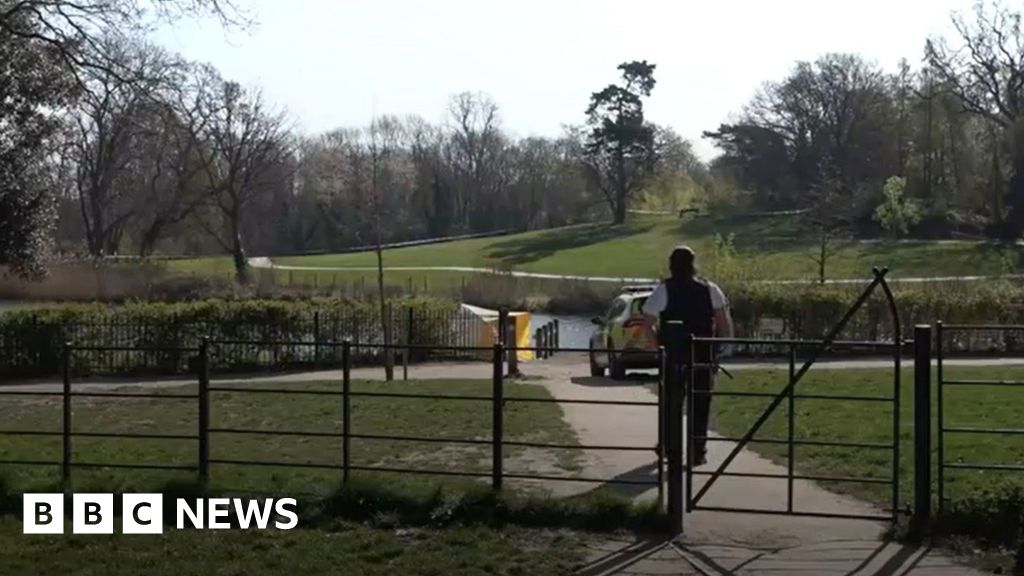I think that I shall never see A poem lovely as a tree. A tree whose hungry mouth is prest Against the earth's sweet flowing breast; A tree that looks at God all day, And lifts her leafy arms to pray; A tree that may in Summer wear A nest of robins in her hair; Upon whose bosom snow has lain; Who intimately lives with rain. Poems are made by fools like me, But only God can make a tree.
— “Trees,” by Joyce Kilmer (1913) When asked to choose a poem to recite in the fourth grade, that’s the one I picked. Is it just my imagination, or has this been an unusually spectacular – and “lovely” – year for blossoming trees in our area? Maybe it’s just that the trees the city planted back in its tree-planting heyday (the 1970s to 1990s) are getting bigger, but I think it has more to do with the weather the past two years. The rain has strengthened the trees and given them ideal conditions for blossoming this year.

Having studied, planted and maintained a lot of street trees as a volunteer over 35 years in Fairfield, here’s what we’ve been seeing: First come the ornamental evergreen pears, also known as Kawakami pears. They are called “evergreen,” even though they are deciduous, because they no sooner finish dropping their leaves in the late fall than they are budding out with profuse white blossoms, followed by bright green juvenile leaves. Blossoming starts in January.
The city planted many evergreen pears as street trees downtown back in the day but stopped because the trees were susceptible to mistletoe and splitting, and with Public Works cutbacks, the city was no longer able to maintain them as needed. Nonetheless, many are still downtown and on some private property. The Fairfield Kaiser clinic has a nice stand of evergreen pears.
If you are willing to take care of them, one or two evergreen pears in a yard are worth your effort. Next come the ornamental plums with their beautiful pink blossoms. Most of them are on private property and are a favorite of homeowners.
They don’t make good street trees because they drop their sticky inedible fruit, and that makes a mess on pavement. Then come the ornamental Callery pears, similar to the evergreen pears with their white blossoms, but not quite as profuse. There are at least three varieties of Callery pears in Fairfield.
The most popular is the Bradford, but we also have Aristocrats and Capitals. The Bradfords can be distinguished by their conical shape. The Aristocrats are more rounded like the evergreens, and the Capitals are more tall and narrow.
Overall, the Callerys grow larger than the evergreens, and are a popular street tree, although, like the evergreens, they are susceptible to mistletoe and splitting without frequent maintenance. The big plus for the Callerys is their beautiful orange to red fall color, especially the Aristocrat. As an interesting side note, Callery pears are considered invasive weeds in the eastern United States, because they easily propagate from seeds spread by birds.
The wild Callerys have large thorns and are highly disruptive to natural habitats. Some states have actually outlawed Callery pears. Fortunately, we don’t have the same problems in California.
At about the same time as the Callery pears blossom, we get the pink/red Hawthorns and Redbuds. They are far less common but are nice accents in streetscapes and yards. I noticed the orchard trees in our area, particularly almonds up around Dixon and Davis, were also spectacular in March this year.
All this and the crape myrtles, summer bloomers, yet to come! We have lots of crape myrtles with white to deep red blossoms in July and August. The city exclusively planted a variety called “watermelon” up until the 1980s. As you might guess they have a light red watermelon-colored blossom.
Crape myrtles are a popular street tree because they are small and easy to maintain; unlike the ornamental pears, they are not susceptible to mistletoe or splitting. Crape myrtles are especially good where there is overhead interference from utility wires, a common issue in the older parts of town. In the fall, look for the spectacular foliage of Chinese pistaches, Callery pears, sweet gums (liquidambar), and some crape myrtles (sadly, not the watermelons).
With all there is to complain about, let’s count our blessings of living in such a beautiful place this special year. Richard L. (Rick) Wood retired from Fairfield’s Public Works Department and lives in Fairfield.
Reach him by email at [email protected] ..












